The way former children still remember animals in the war
As part of my conference talk at King’s College recently I referred to some aspects of my book The Great Cat and Dog Massacre. I referred to many people who , in recent years, had discussed their relationships with animals in the war at the time they were children. Brian Sewell, the late but well known dog lover, had written about his first relationship with a dog, Prince, a Labrador. Sewell had described how his stepfather, Robert, killed Prince as the family evacuated from Whitstable on the outbreak of war:
“Robert shot him and left his body on the beach for the tide to sweep away.Packed among the suitcases in the car I saw Prince led toward the sea and heard the shot. I did not cry, as I would now, but a cold, hard, vengeful aversion lodged in my memory. ”
It was Brian rather than Robert who had had a close relationship with the dog and his adult sentiments combined with those of the child in remembering the event. The stepfather was not being called up to fight, and the evacuation of Whitstable was not suggested at this time.
In different vein Penny Green has written differently about her father passing on stories of the time:
“My father then twelve years old, and my Grandmother, encountered a queue of people standing on the pavement carrying pets of all kinds. … she told him that pets were being killed so they would not suffer if bombs started falling. In the line was a woman carrying a beautiful ginger cat. My Father was upset and Gran tried to hurry him along. To cut the story short, Dad and Gran returned home with the ginger cat, renamed him Charlie, and kept him throughout the Blitz! Charlie lived to a good age despite the efforts of the Luftwaffe.”
This family story does give us different insights into the Second World War animal massacre. First, it is a story passed down through generations but primarily through someone who was a child at the time. Thus the explanation for other people killing animals is one given to a child and it is this story- as well as the cat himself – that is passed on.
Although I looked at state National Archives material or reports in a range of animal charities or those of vets or accounts of National Air Raid Precautions Animals’ Committee I was also drawn to oral accounts.Interestingly many people I spoke to – or read – had been children. They had remembered such events but it was only decades later that they have even written about it. These people are now adults but previously they were children. Thus some of the harshness of wartime life was hidden from them – including the killing of pets. However, as children were often protected from such issues not all may have remembered what did happen severely to family pets. This is covered in the book.
Have a read of their accounts in my paperback The Great Cat and Dog Massacre: https://www.waterstones.com/books/search/term/the+great+cat+and+dog+massacre
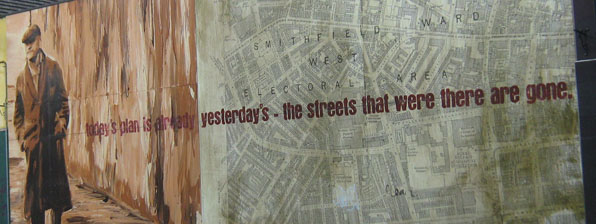
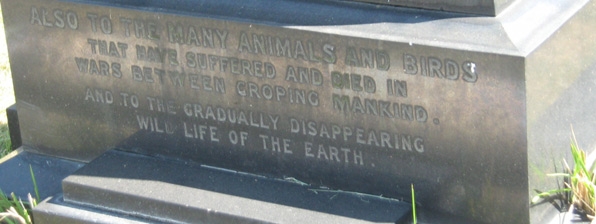





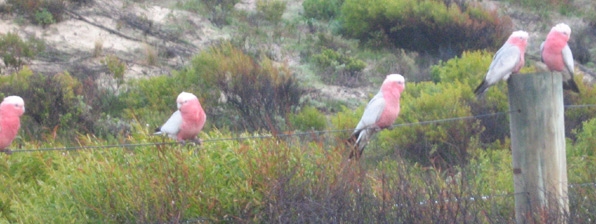
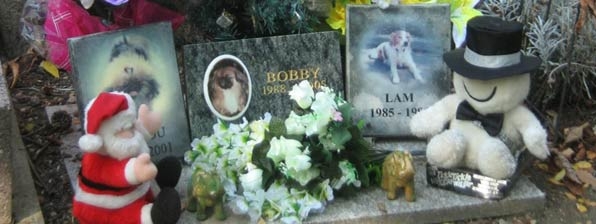





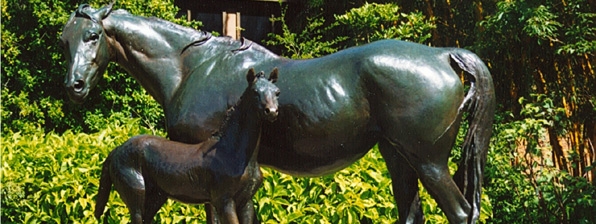





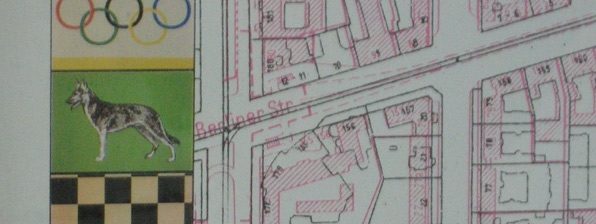






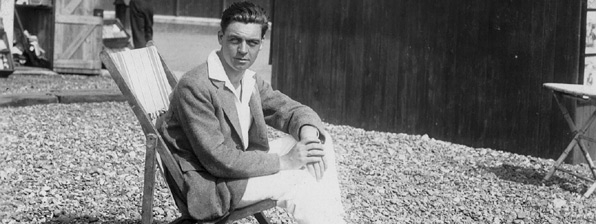
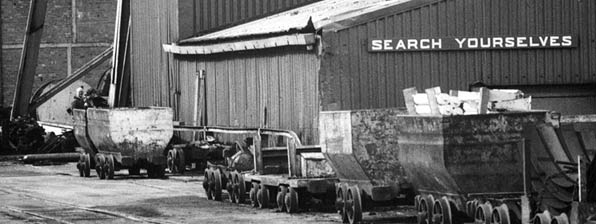





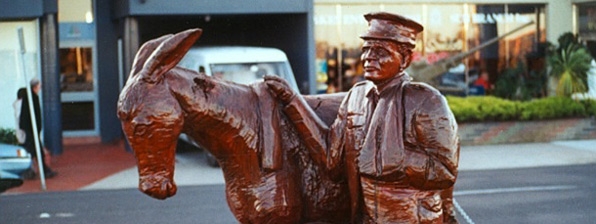

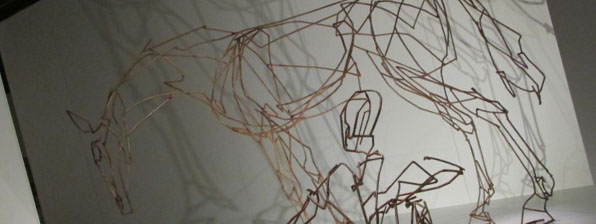
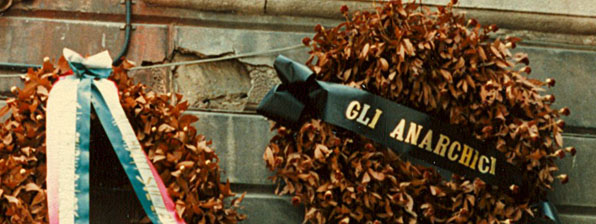






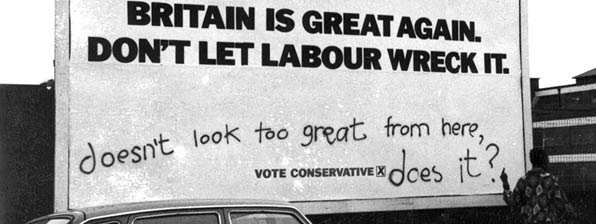








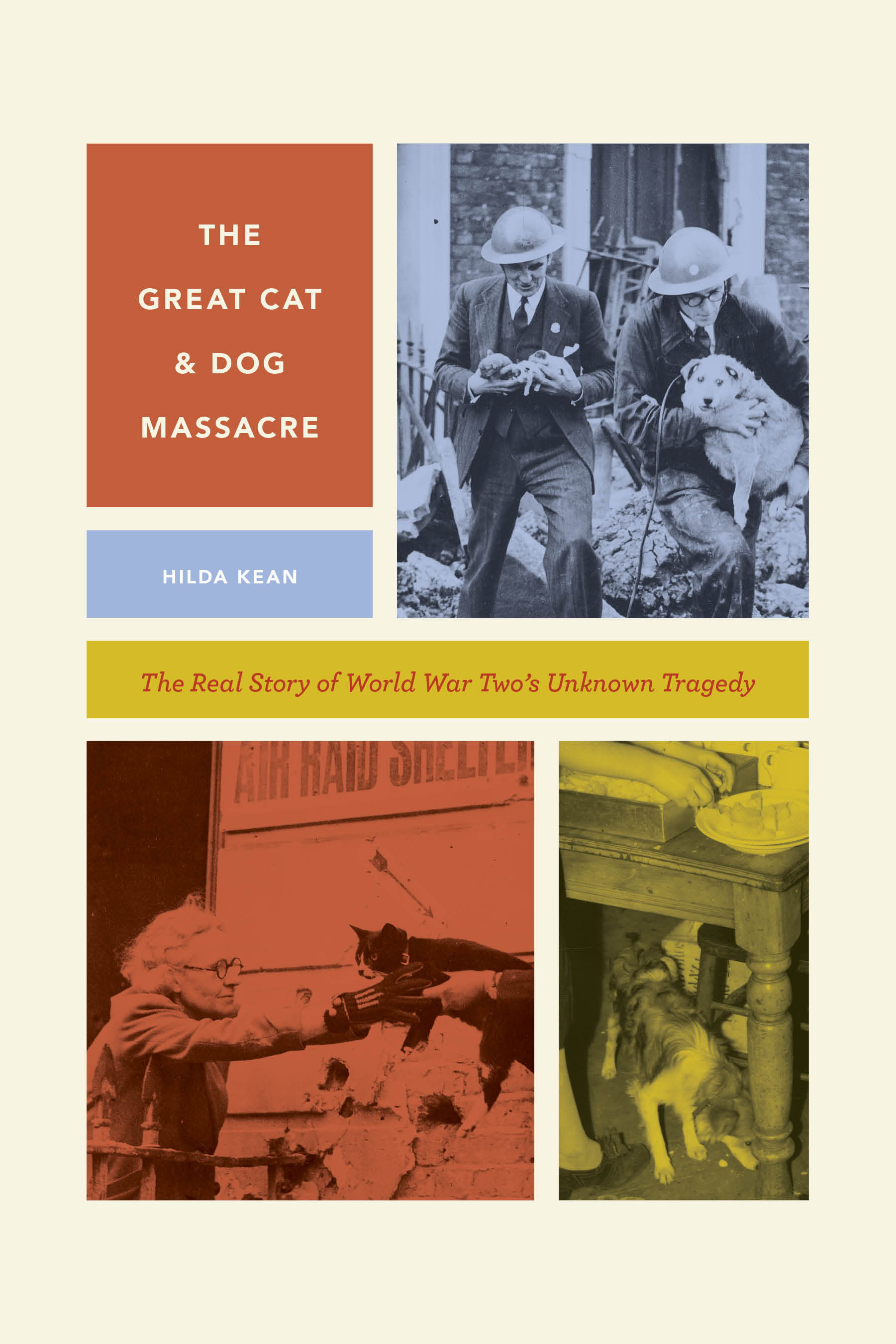


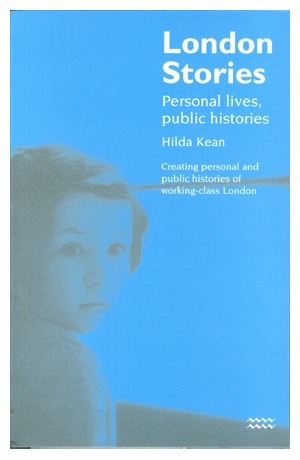

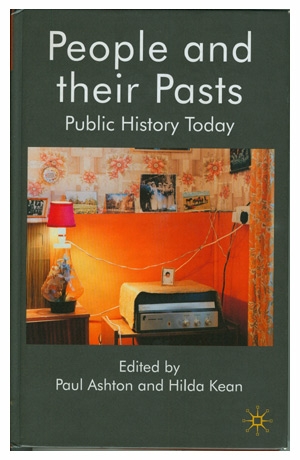





Leave a Reply